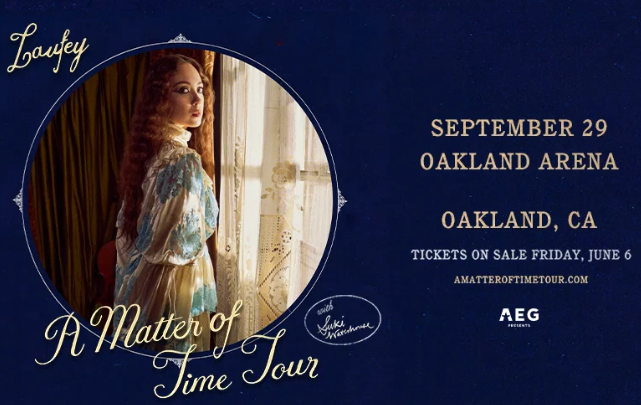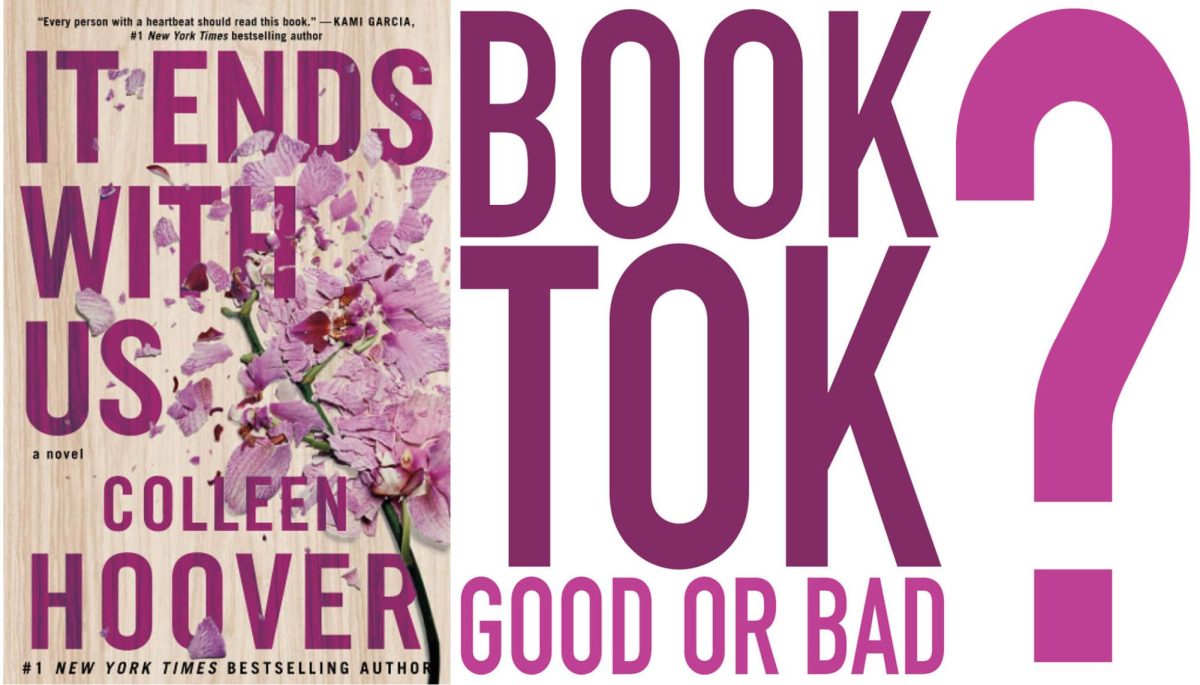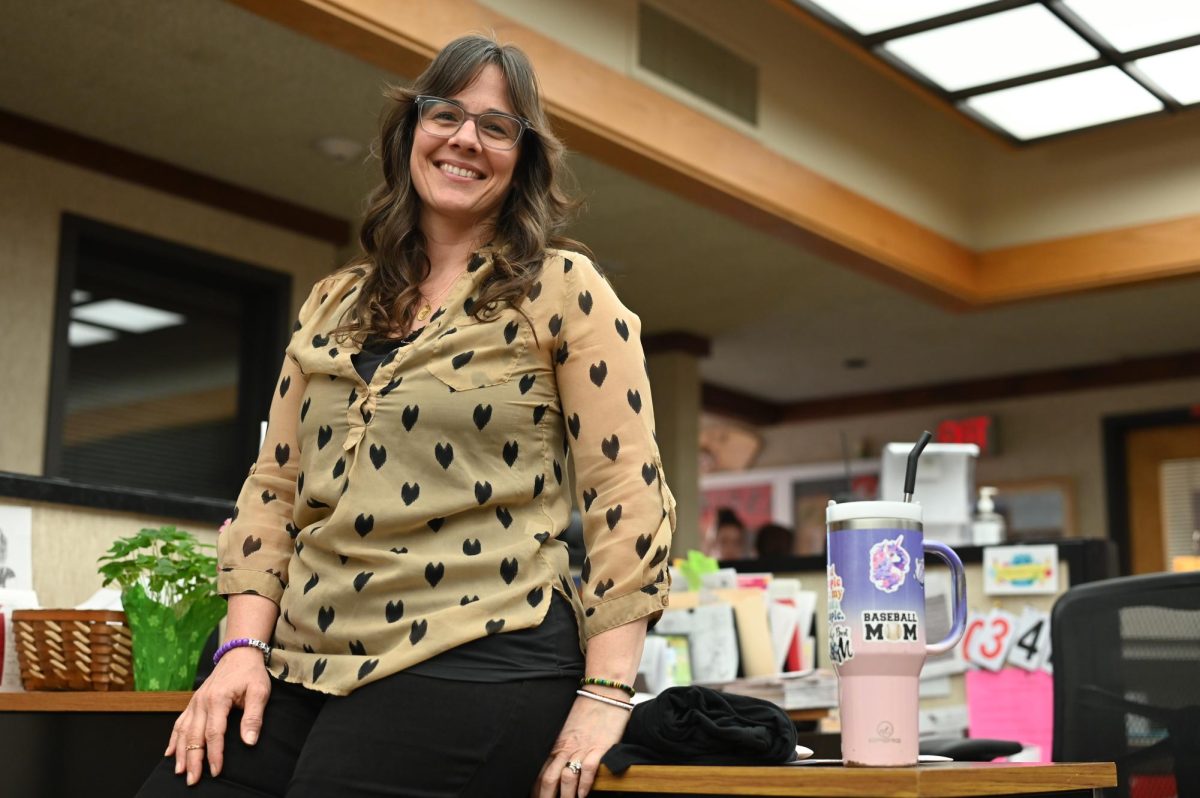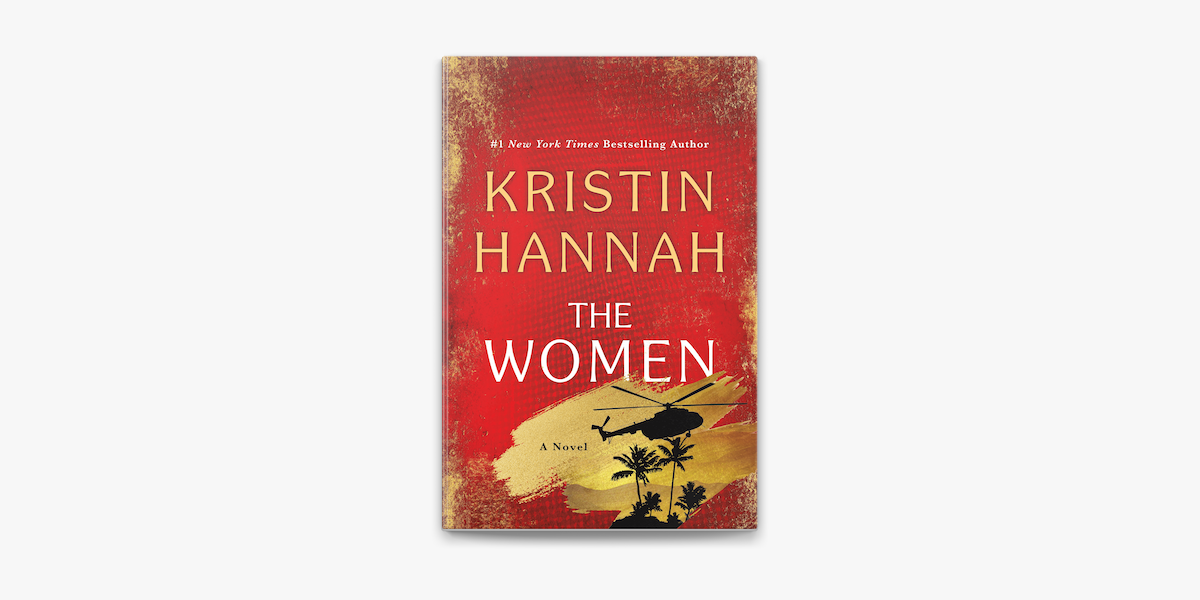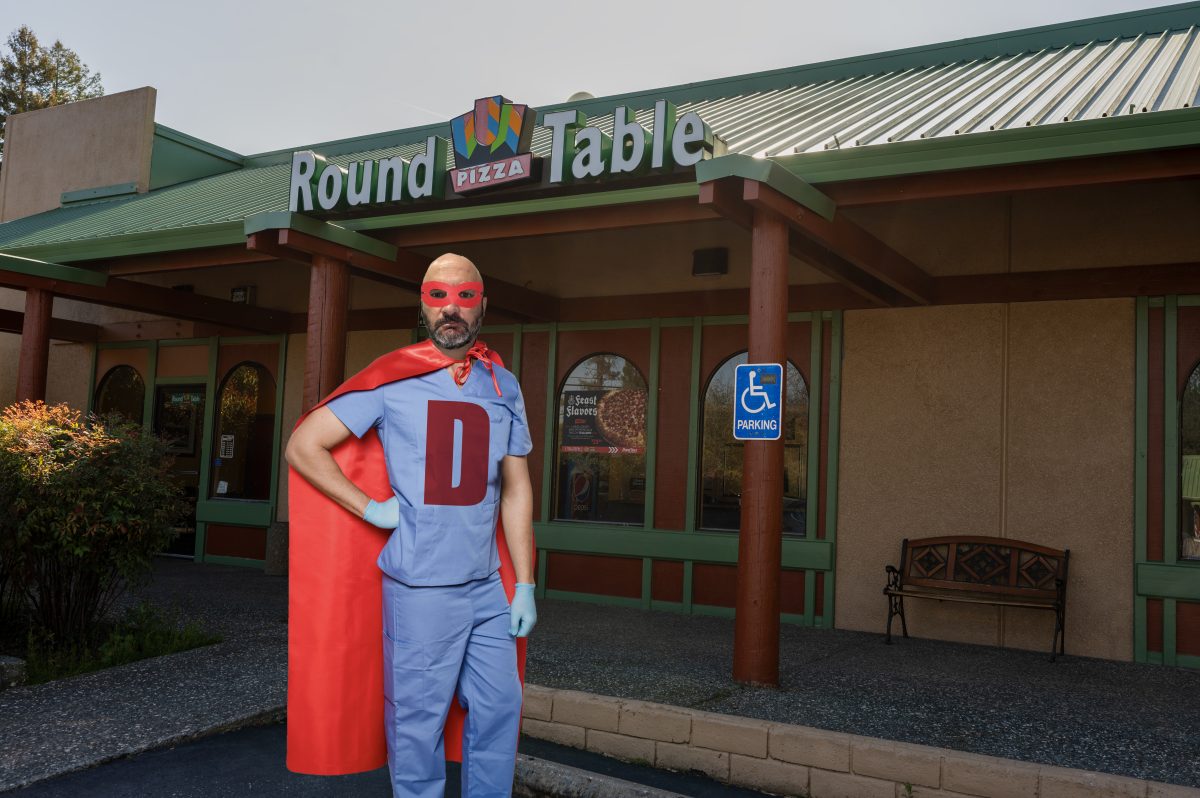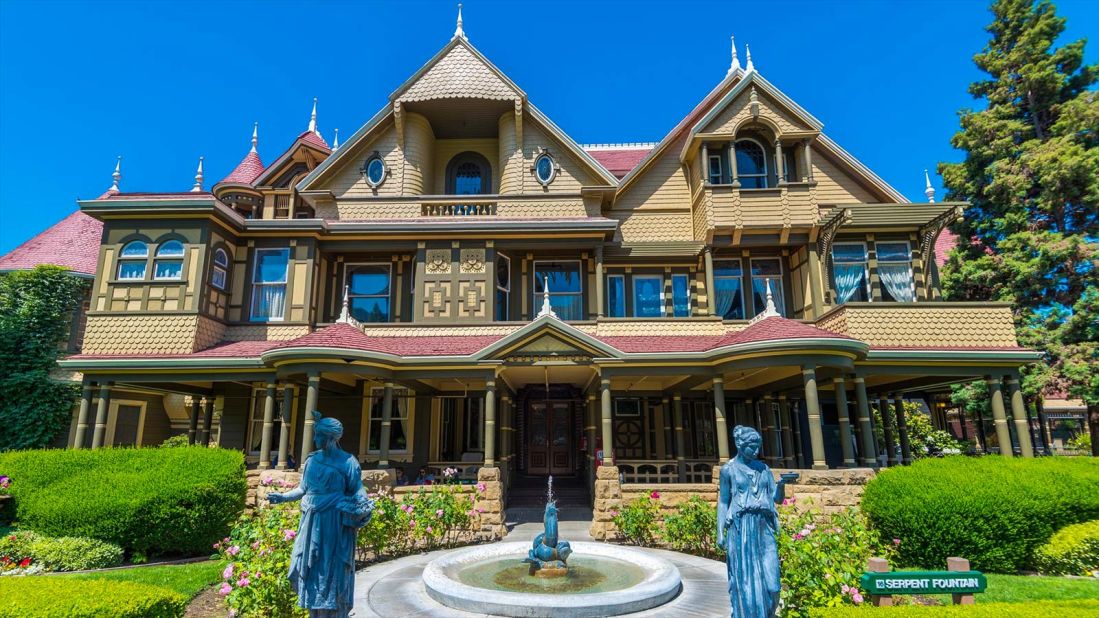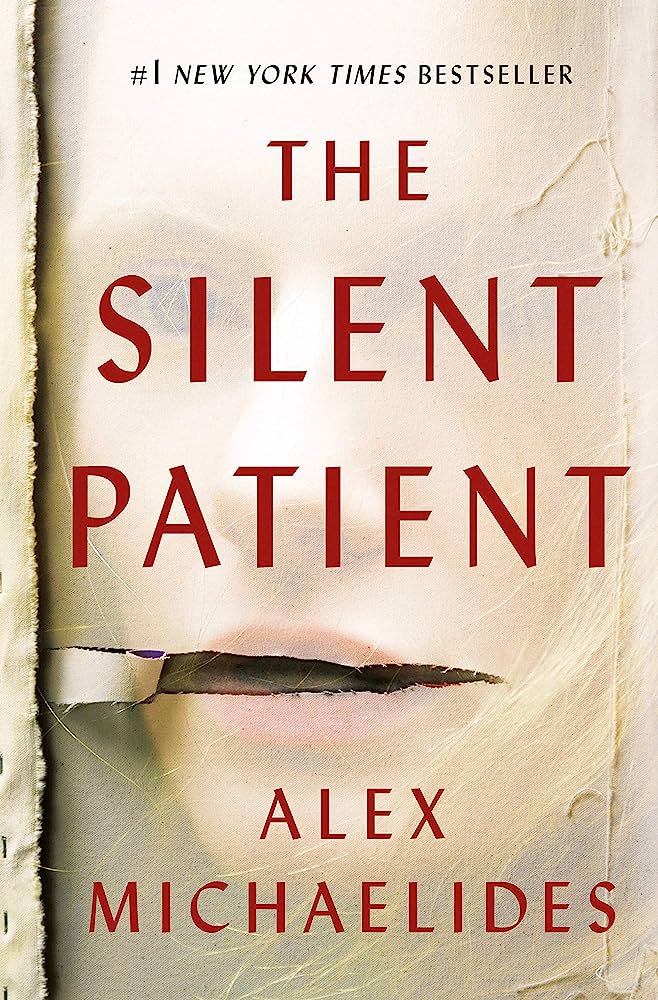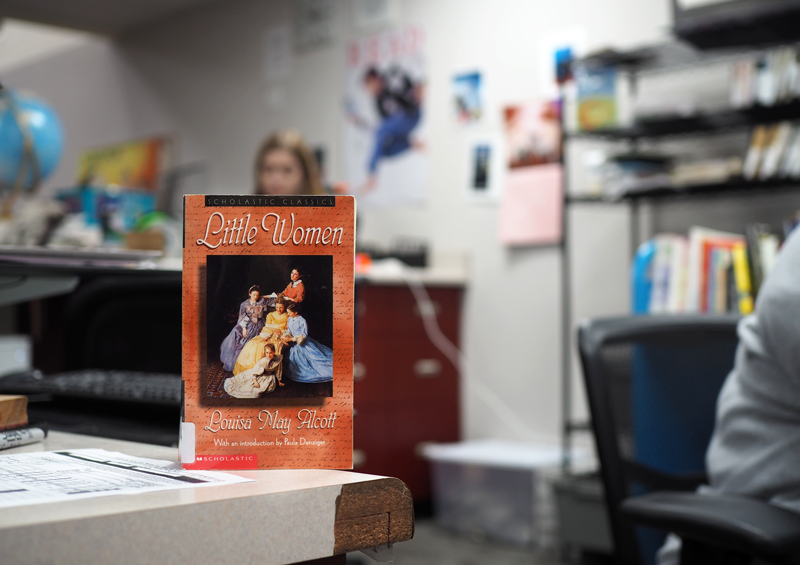Getting through AP US History, I have a decent background of the American Civil War. Ask me a question about the conflict, and my mind has files of dates, names, and locations to sift through. But if you ask me about the lives of those who fought, I may draw a blank. And if you ask me about the wives and children they left behind, I will have no information whatsoever. The lives of young women and the domestic affairs they faced during the Civil War and Reconstruction era are often glossed over in a short paragraph of our textbooks. But they were just as real and breathing as those risking their lives on the front lines. This is why their stories need to be told. I believe the film, Little Women, an adaptation of the novel by Louisa May Alcott, did so in a captivating and enduring way.
In terms of setting, this film is a completely immersive experience. I am not an expert in set or costumes or props, nor was I alive in 1860s New England. But the producers of Little Women did an impeccable job showing the range of aristocratic and impoverished lifestyles of those alive at this pivotal point in American history. The wealthy socialites with the vibrant colors of their frills, feathers and gown create a stark juxtaposition to peasant dresses of the working women struggling to make ends meet.
The peaceful, bright, serene forestry of the March family’s home contrasts the dirty, grey, congestion of New York City. I also enjoyed the variety of lenses the main character, Jo March, saw her life through. When recalling her past, each memory is remembered with a more saturated filter. The hues are richer and warmer, showing her fondness of the time she spent with her sisters in youth. But once she returns to the present, the cold sharp colors present the harshness of reality.
Another thing to note about this movie is that it is not a Disney fairy tale. The protagonist does not find all her problems solved by prince charming. In fact, Jo March makes a point to say she doesn’t believe she will ever be married. Of course, this is wildly against conventional ideals at the time. As She’s writing her autobiography, her editor insists the heroine must either marry or die by the final pages. Though March eventually gives in to a conventional romantically gushy end to her novel, her own happily ever after portrayed in the film is much more satisfying.
Though this movie does not feature a romantic love affair, it does present the wholesome love between family. If you have sisters, you will have another level of appreciation for this movie. The relationship siblings share, every ounce of banter and antagonizing mixed with the perfect moderation of caring and companionship, is shown through the skills of the actors. The most interesting conflict in the movie is between Jo March and her younger sister, Amy. Amy has always struggled to thrive living in the shadow of her older sibling. This strain leads to betrayal and forgiveness that anyone growing up with brothers or sisters can relate to.
In summary this movie was well worth seeing for its phenomenal production of the setting, its feminist tone, and the overwhelming family love surrounding the plot. Though not often told, it is the fascinating story of women living in one of the most important shifts in American history.












